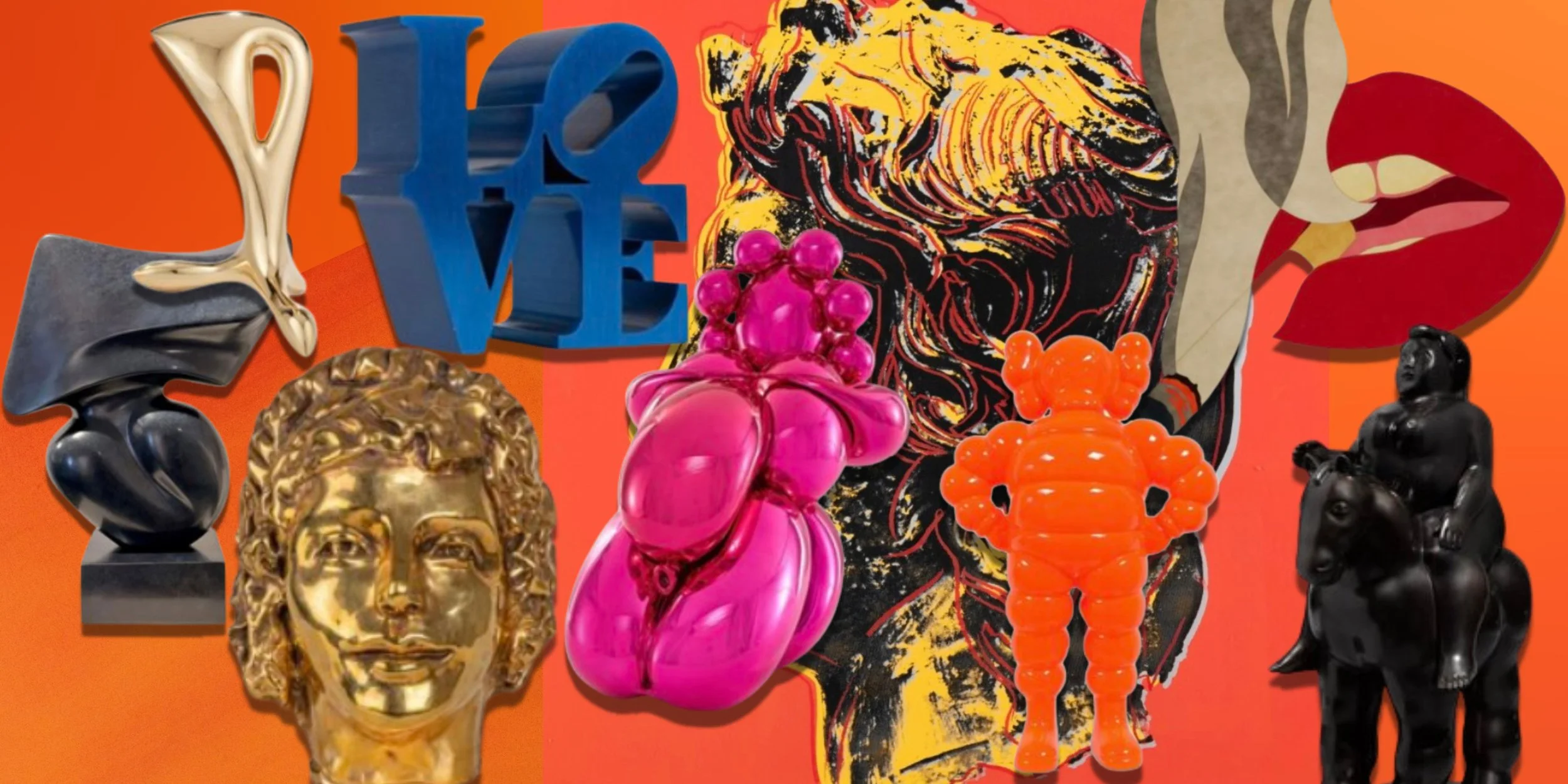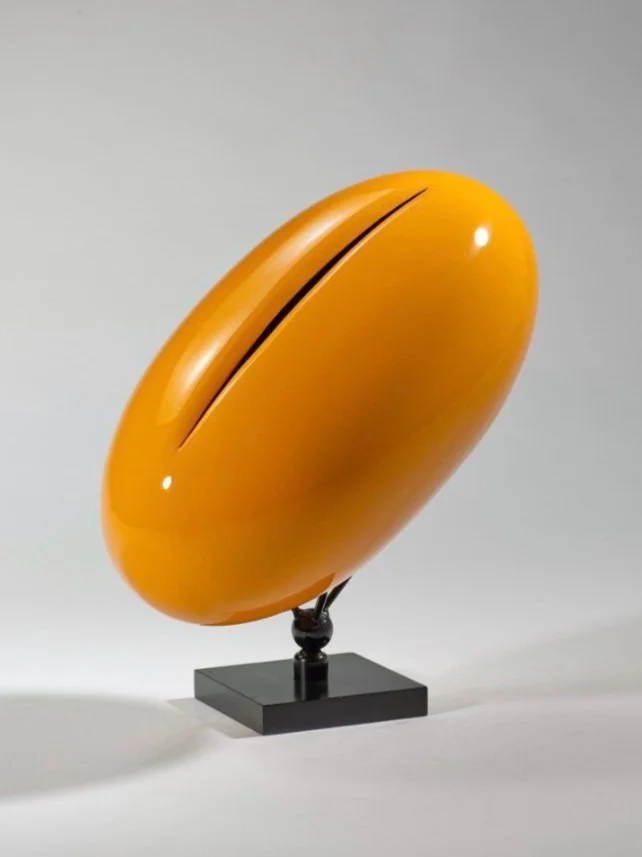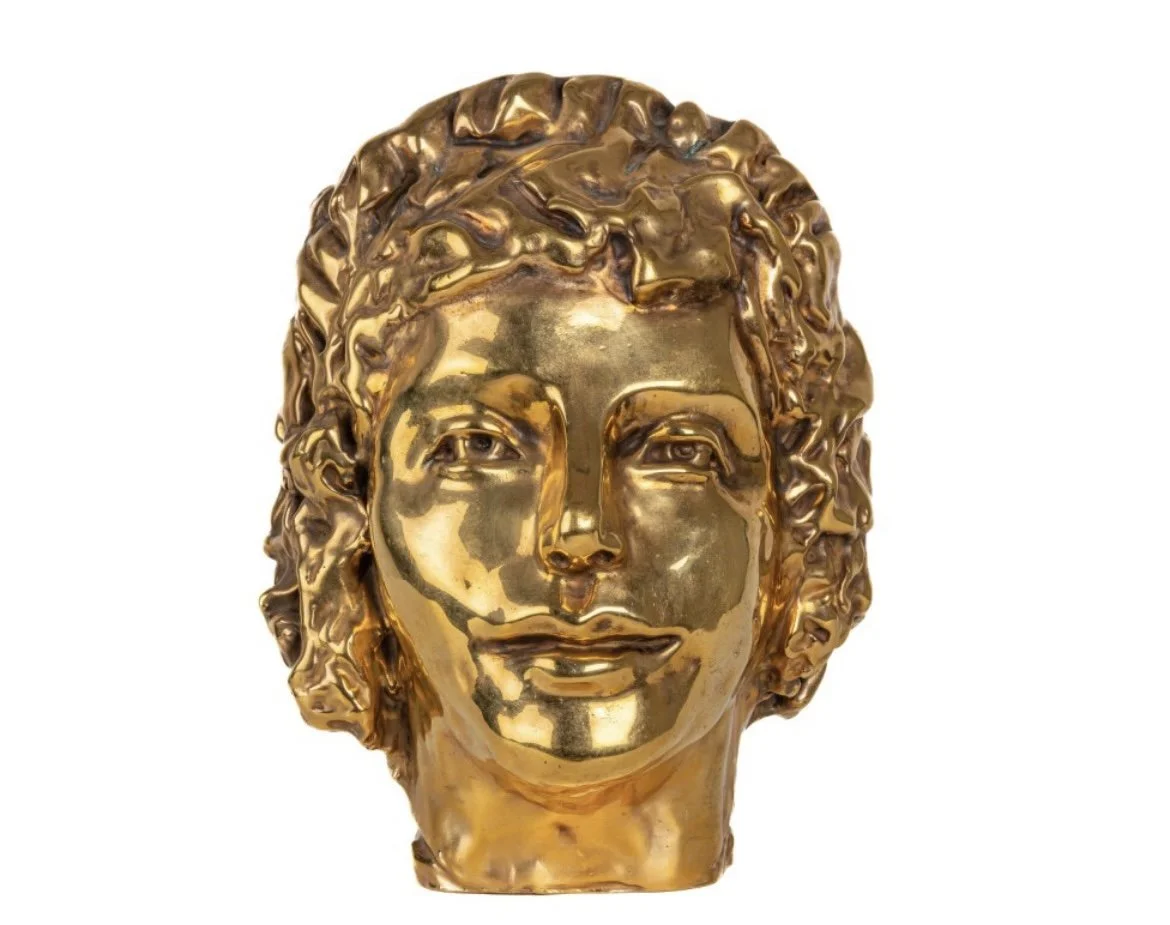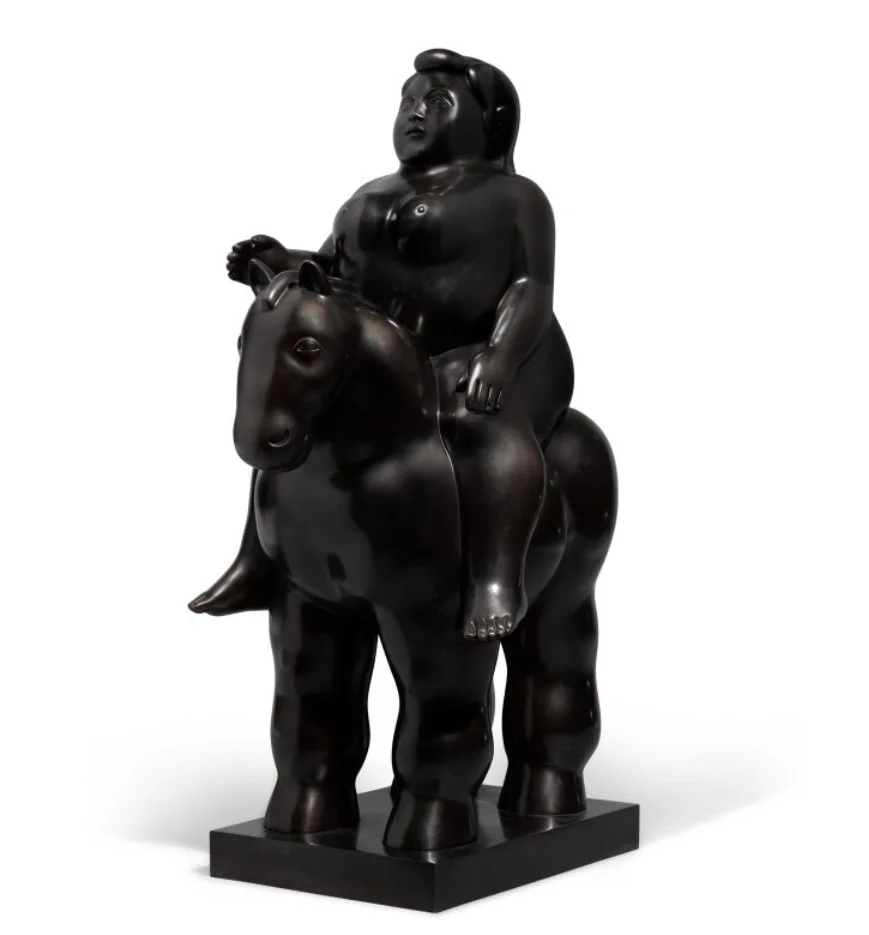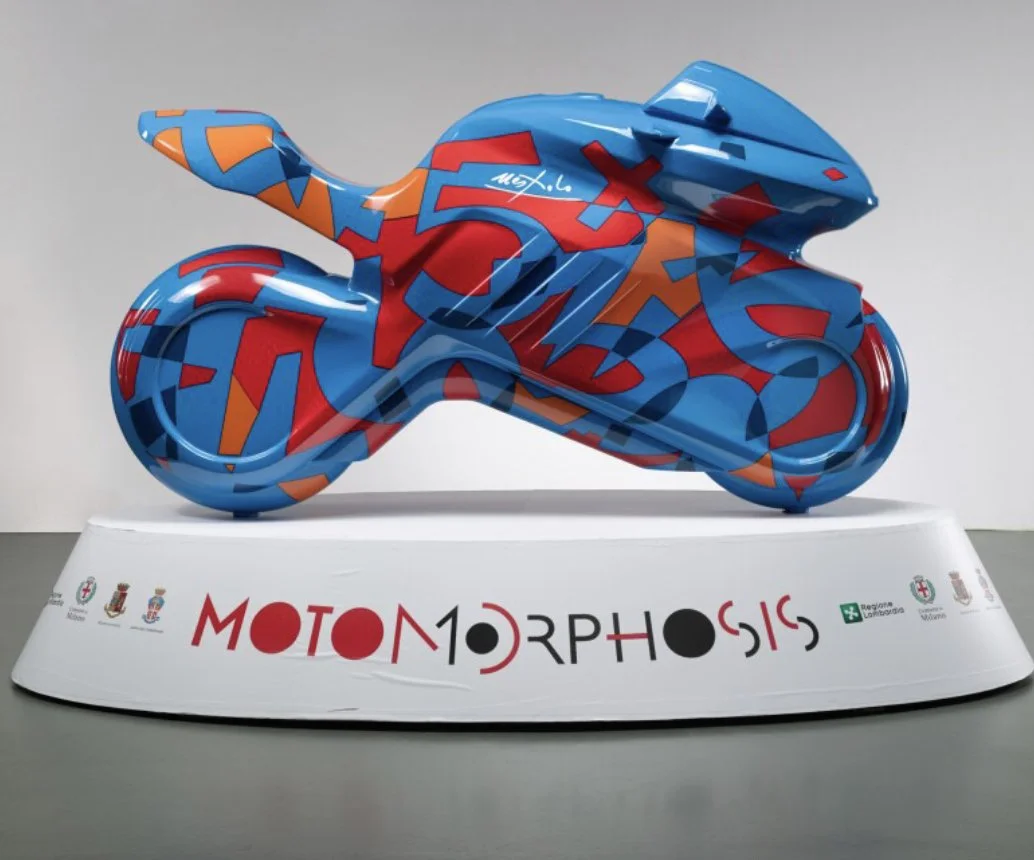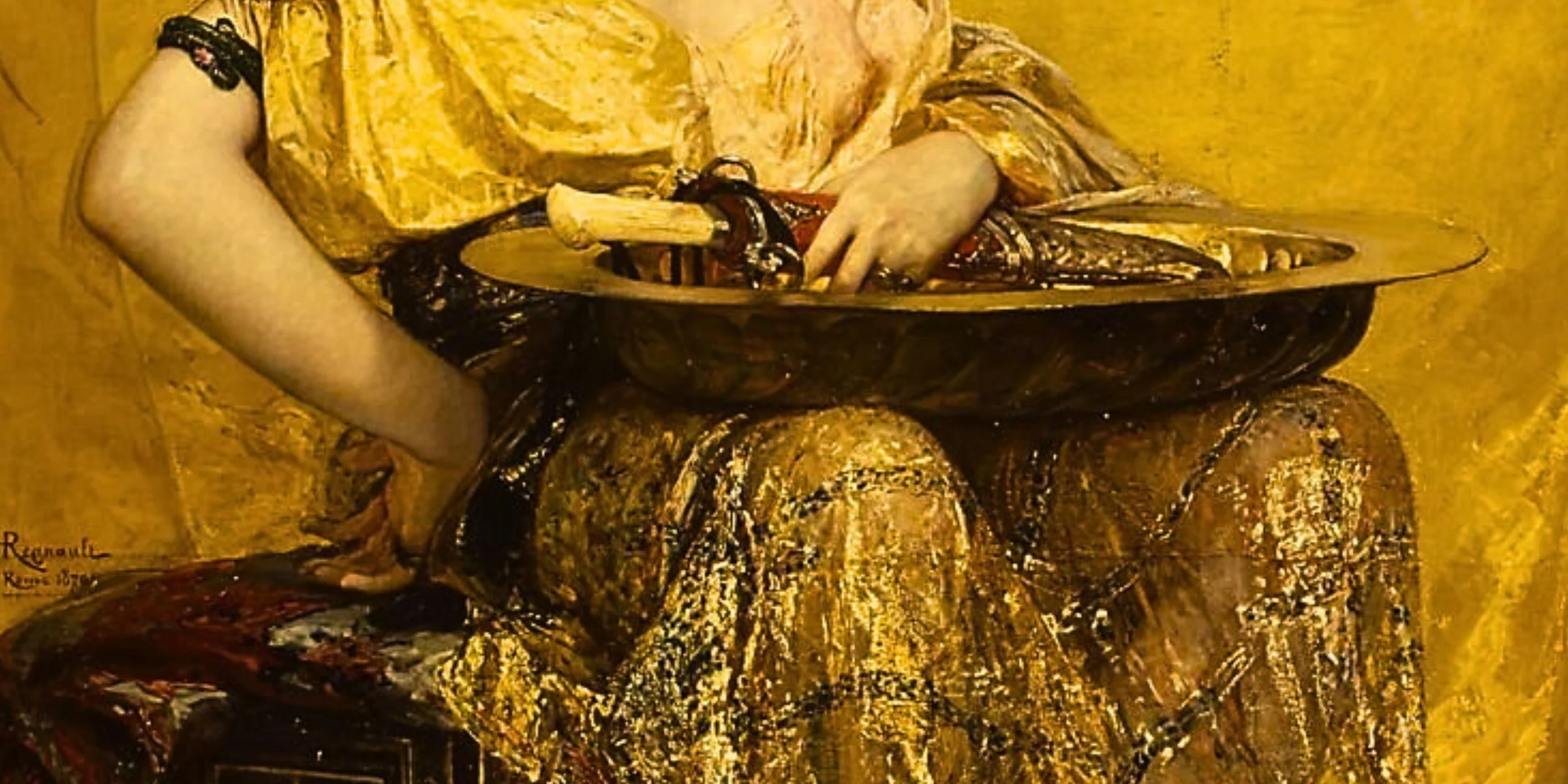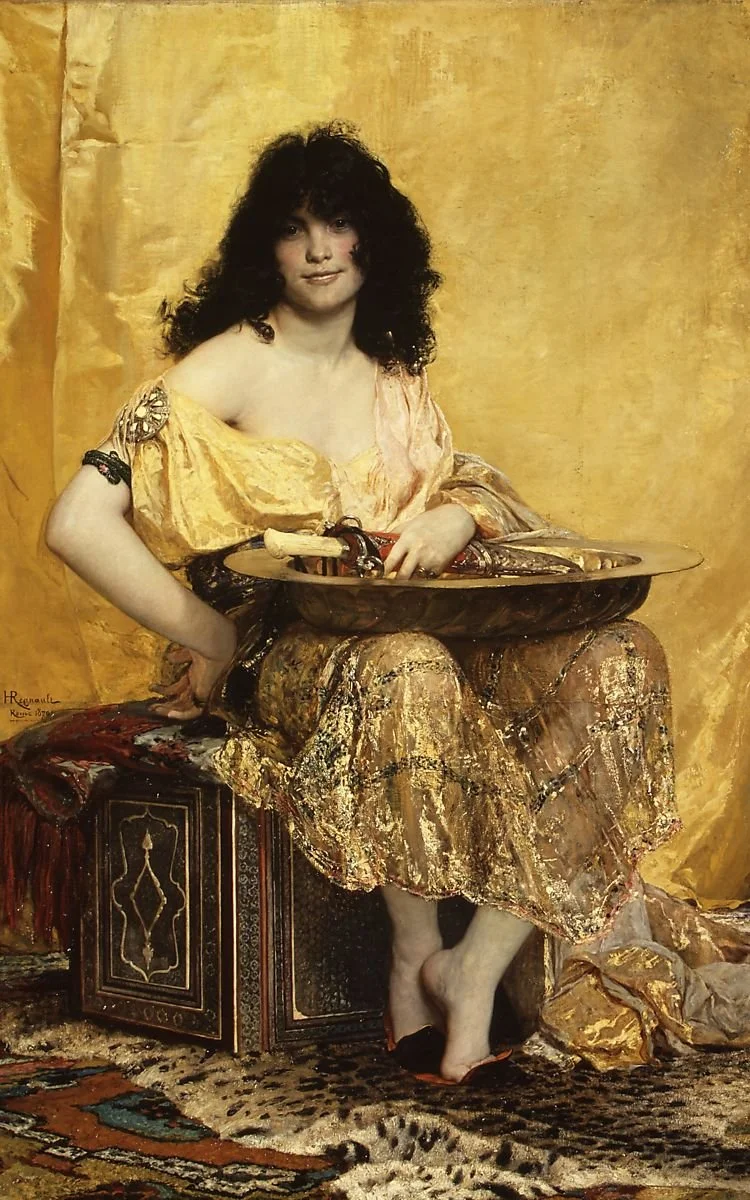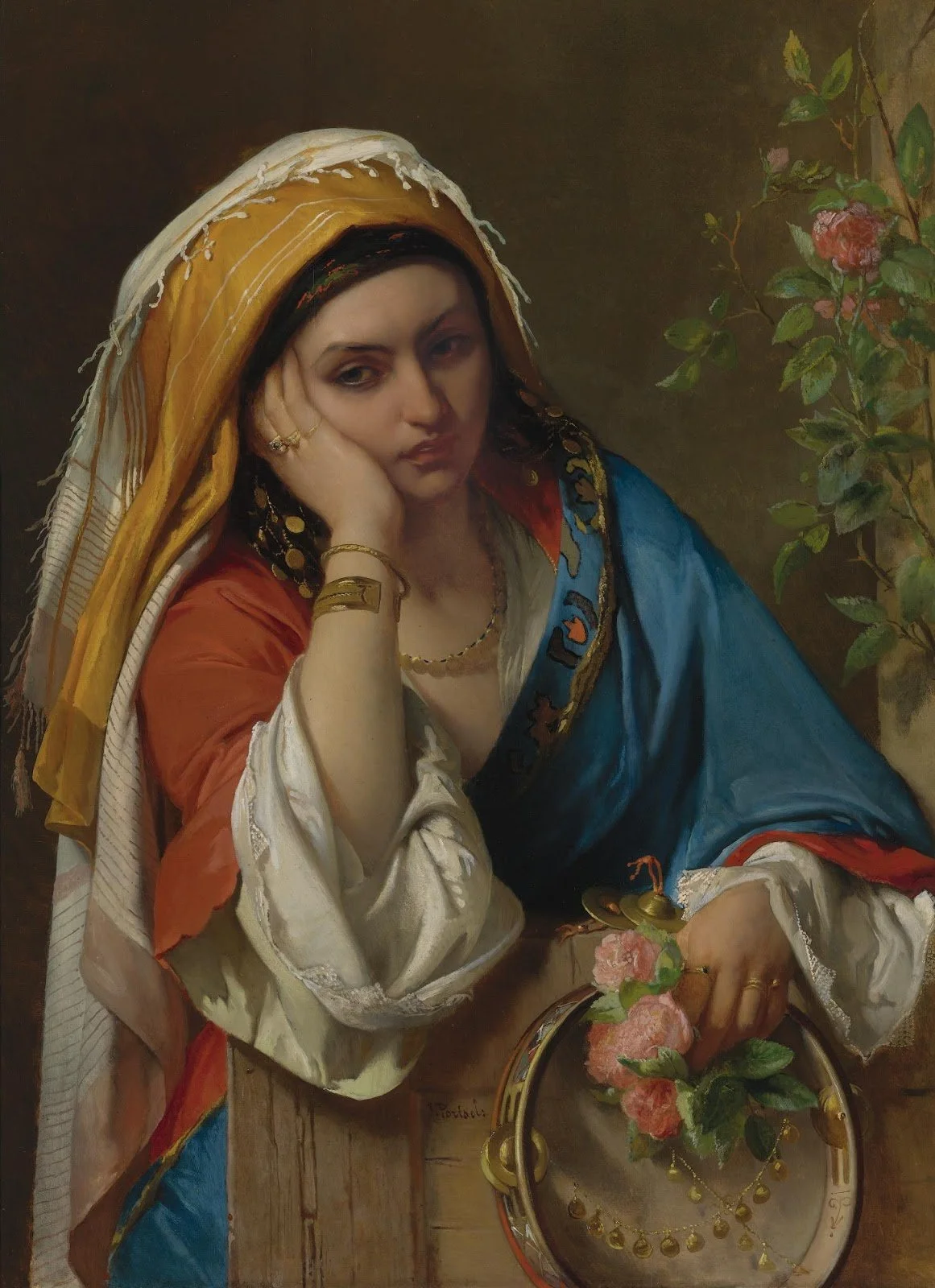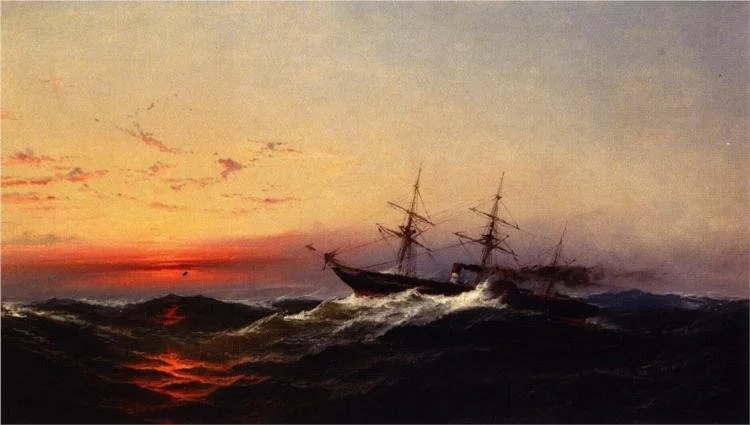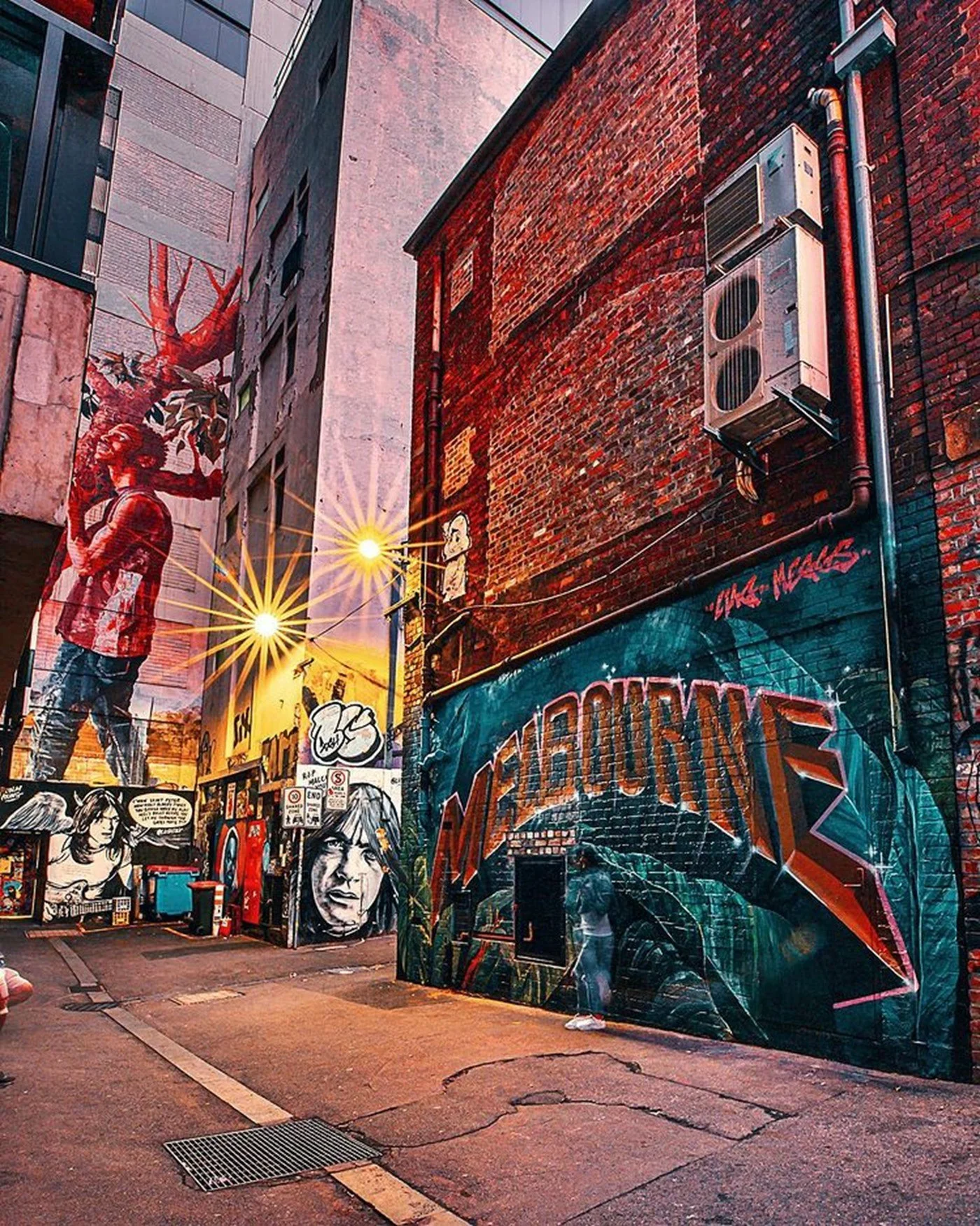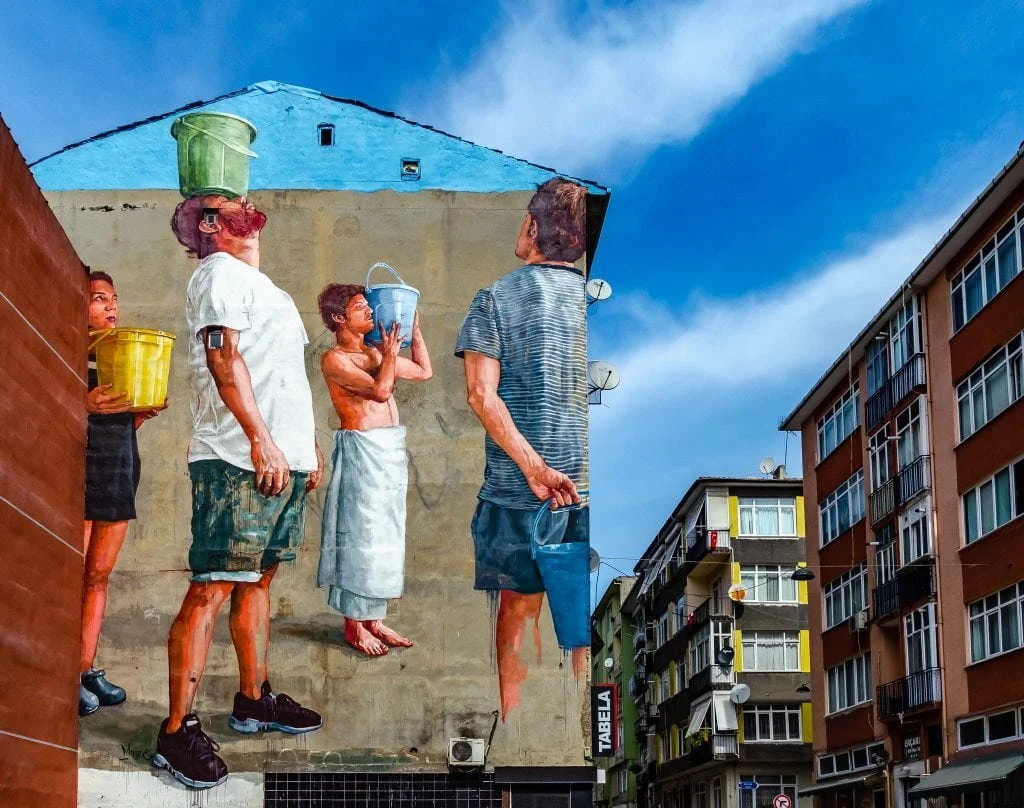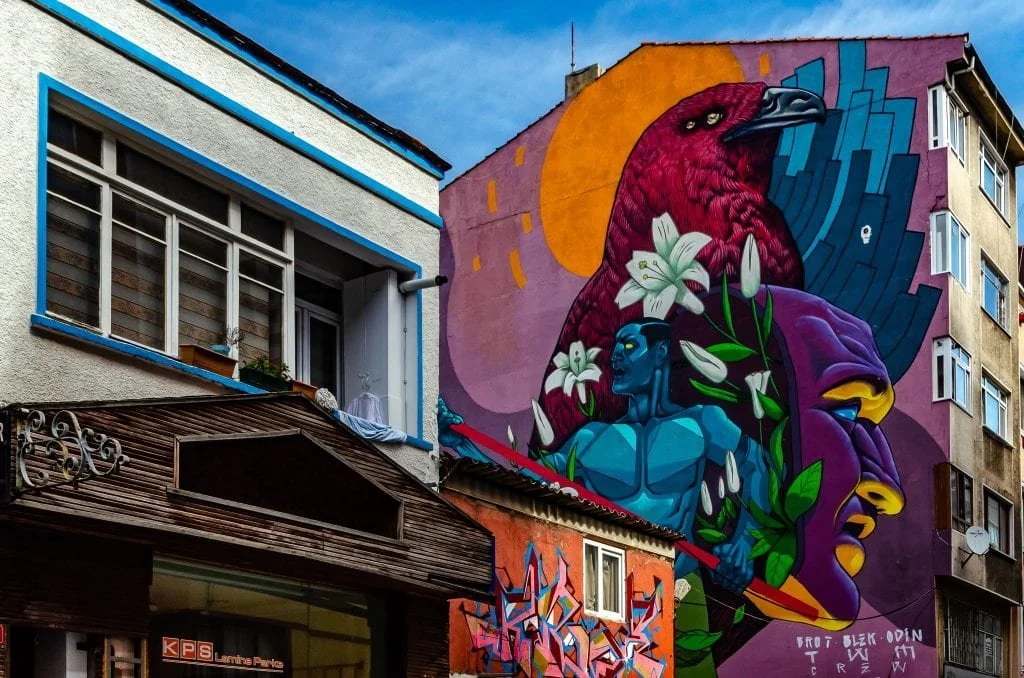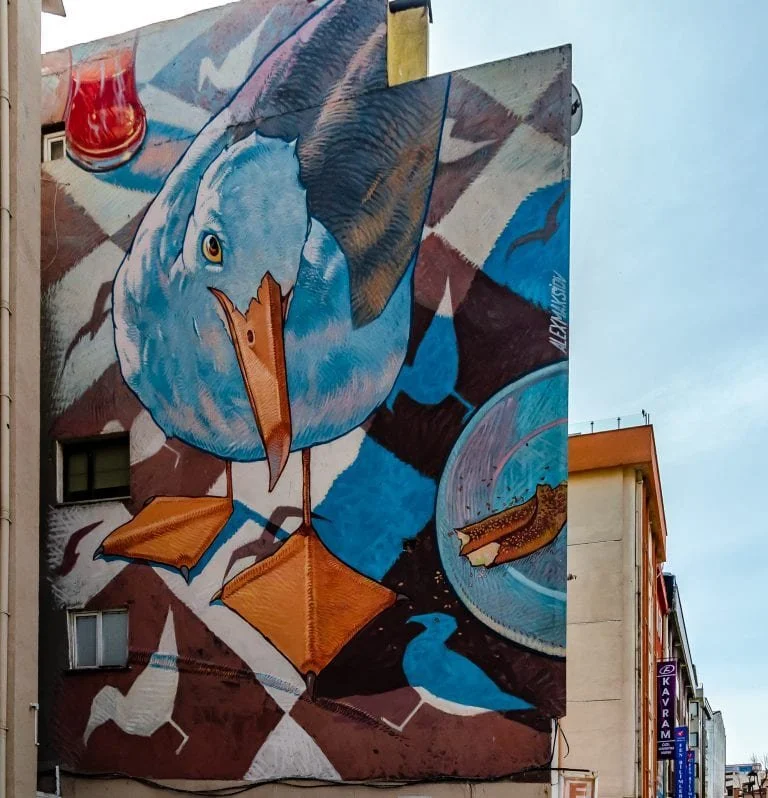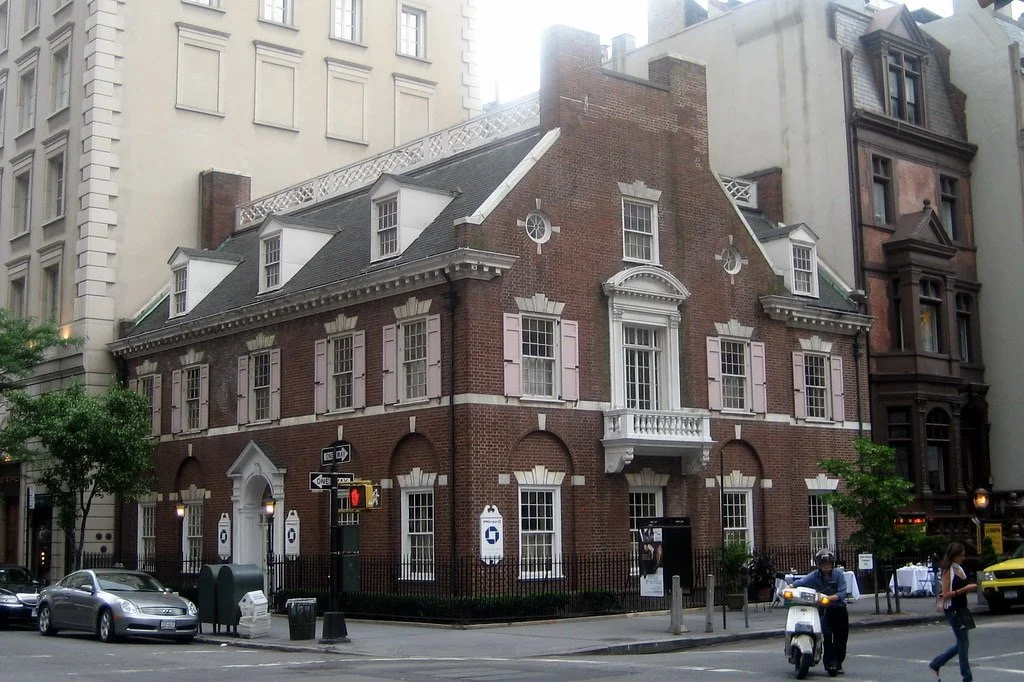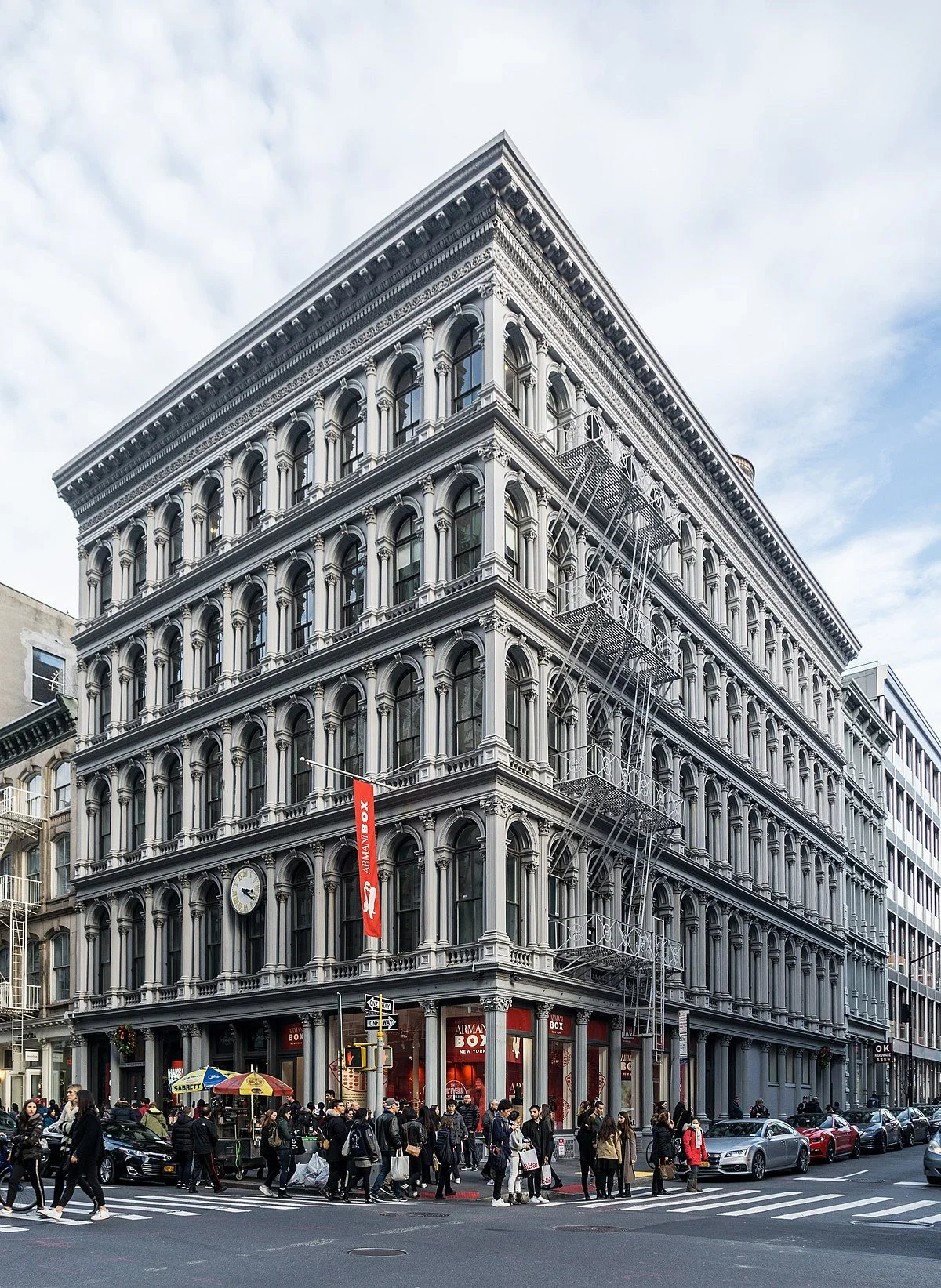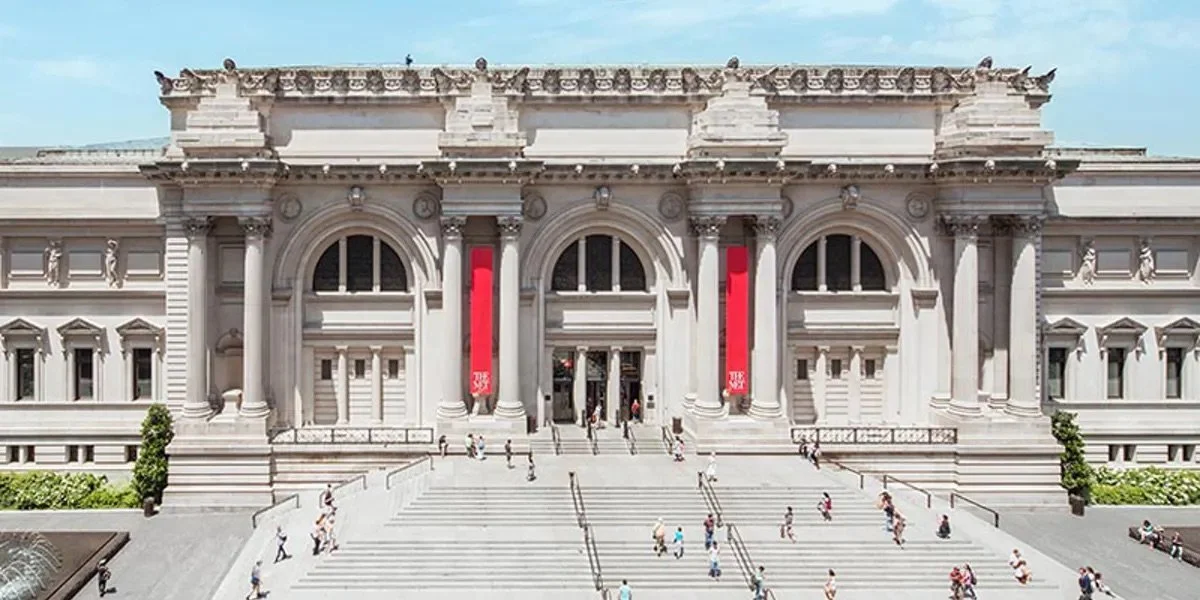Contemporary art reflects the complexities that shape our diverse, rapidly changing world. Here are some of the best works in the art market today to inspire your next shopping trip.
Banksy didn’t create prints to make money. His art was sold for low prices to democratize his art and make it accessible. People would buy his art with cash or credit card with no awareness of it’s future value.
Banksy has been selling his art since the 1990s. Alongside his street art, Banksy has been creating works for sale for more than 20 years. The earliest pieces at auction date from 1998, while his earliest commercial prints are from 2002.
This is the perfect example of who a contemporary artist is. The work of contemporary artists is a dynamic combination of materials, methods, concepts, and subjects that challenge traditional boundaries and defy easy definition. Contemporary art is made (majority are by living artists, but not always the case) to reflect the complex issues that shape our diverse, global, and rapidly changing world.
Diverse and eclectic, contemporary art is distinguished by the very lack of a uniform organizing principle, ideology, or -ism. The most prominent feature of contemporary art is the fact that it has no distinct feature or a single characteristic. It is defined by the artist's ability to innovate and bring out a modern masterpiece.
Below is a carefully curated collection of art to inspire your next purchase, gift idea, or decor piece to compliment your space. Enjoy!
Dom Perignon Balloon Venus by Jeff Koons ($20,160 GBP)
‘LOVE’ by Robert Indiana ($1,260 EUR)
Zwei Gruppen von 1zu11 by Max Bill ($88,200 USD)
Multipo Pillola: Concetto Spaziale by Lucio Fontana (88,200 EUR)
Concetto Spaziale, Attese by Lucio Fontana (799,000 EUR)
‘Pan’ Contemporary piece by George Condo ($70,000 - $100,000)
Symphony by Alfred Basbous ($15,120 GBP)
Smoker Banner by Tom Wesselmann ($119,700 USD)
Oiseau-Tripode by Jean Arp ($252,000 USD)
‘Donna a Cavallo’ (Contemporary piece) by Fernando Botero (3748,000)
Chum (Orange) by KAWS ($35,000 USD)
Coffee Cup Fragment by Michael Craig-Martin ($1,512 GBP)
Moto-Scultura by Ugo Nespolo (6,000 - 8,000 EUR)
